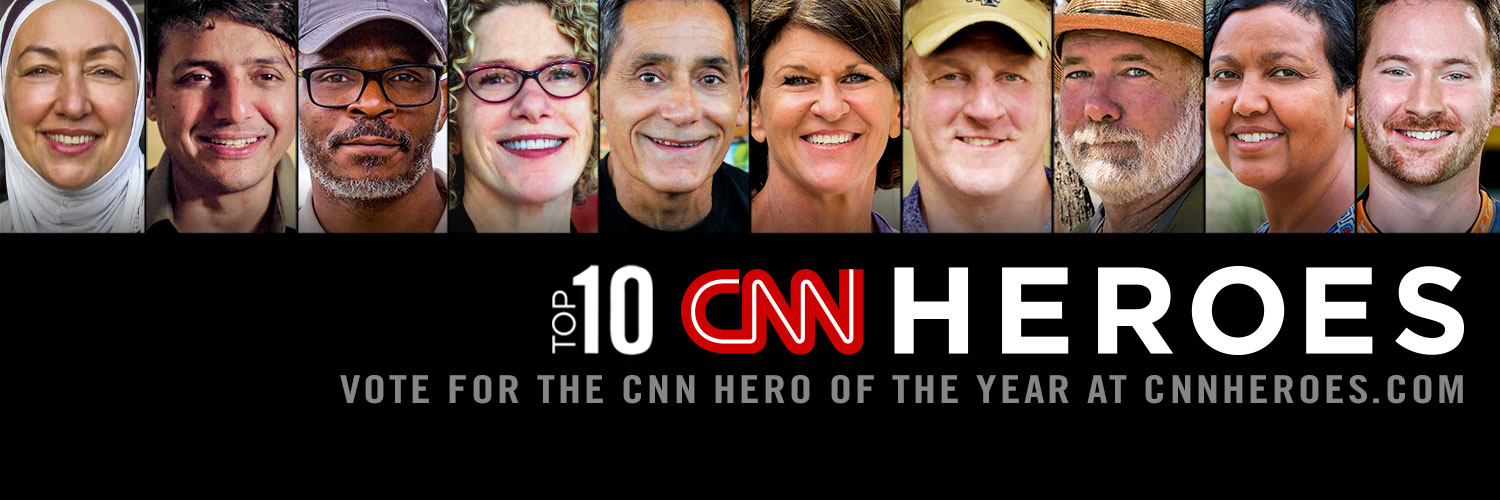The Wild Burro Project
The Peaceful Valley Donkey Rescue is currently working on several wild burro projects in conjunction with the Federal Government. These projects include:
Learn More3000 BLM Sale Burros
The Peaceful Valley Donkey Rescue has entered into an agreement with the Bureau of Land Management to take 3,000 sale-eligible wild burros over the next five years.
Learn MoreProject Sanctuary
Although our adoption numbers continue to climb each year, we are always bringing in more donkeys than we can adopt out. As we have a finite amount of room on our current ranches, we had to find a way to keep large herds of donkeys while they await adoption. Project Sanctuary was born out of this necessity.
Learn More2019 CNN Heroes Top 10
Executive Director Mark Meyers was selected as a 2019 Top Ten CNN Heroes.
Learn MoreOlancha Hoarding Case
"...Inyo County Animal Control was contacted on multiple occasions by several citizens who had serious concerns regarding the treatment of burros at the “Wild Burro Rescue and Preservation Project” in Olancha, CA. After an investigation, it was concluded that indeed the burros at this facility were suffering severe neglect such as overgrown hooves and lack of veterinary care.
Learn MorePVDR No Plastic Pledge
The Peaceful Valley Donkey Rescue has taken a stance against the use of single use plastic. Our world is literally drowning in plastic and we need to stop it and make a stand. It is too easy to make other choices and just say no to plastic. Just say "I am going to choose a reusable bottle" or "I am going to buy aluminum". Petroleum based plastic is bad for you, it is bad for the environment and it is bad for the donkeys.
Learn More









